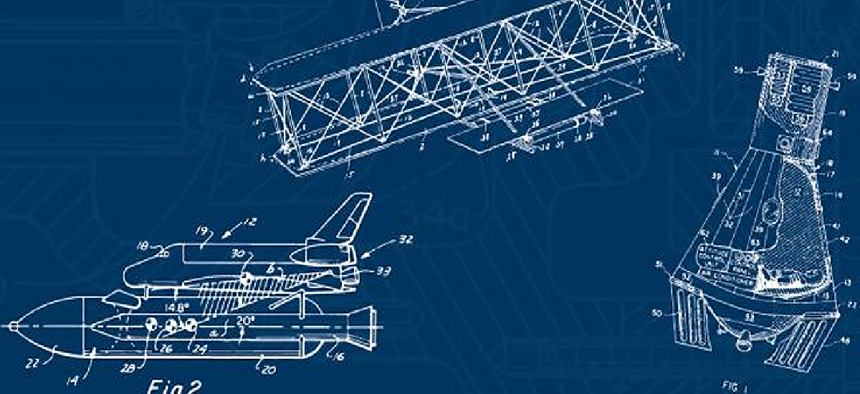Patent Office gets search help from tech industry heavyweights


Connecting state and local government leaders
The Prior Art Archive makes it easy for companies to upload prior art that can be searched by entrepreneurs, patent examiners and the public.
A key bottleneck in U.S. innovation is the patent process, which requires the thorough research of prior art, or any information that has bearing on a patent's claim to novelty. Before filing for a patent, applicants search through previously patented innovations and other documentation to be sure their proposal is truly new. Patent examiners likewise research prior art to ensure there is no duplication.
When there's no good system for researching prior art that can be scattered across user manuals, conference presentations, websites, pay-walled peer-reviewed journals or temporarily public marketing materials, patents get issued that end up being challenged in court. Improperly issued patents inject uncertainty into the patent system, discourage other innovators and result in higher costs to consumers.
To improve the ability to search prior art, the U.S. Patent and Trademark Office, together with MIT Media Lab, Cisco and Google have developed the Prior Art Archive, a free and open archiving platform where the public can upload prior art that can be searched by entrepreneurs, patent examiners and the public.
Cisco scanned 165,000 of its old paper documents, ran them through optical character recognition software and uploaded them into a database with an search interface expressly designed for patent examiners that allowed them to use the same syntax they use for in-house queries. Making that information easy for examiners to find was a good first step, Cisco's Dan Lang, vice president of intellectual property, said at a MIT Media Lab event announcing the platform. However, to expand the project, the company needed partners to help create an open platform where anyone could upload prior art.
The MIT Media Lab came up with the platform's architecture that included the original examiner-friendly search interface and other features that opened the database to other search engines and would accommodate future advances like artificial intelligence.
USPTO examiners already tap into the database. The URL for the Prior Art Archive is actually linked from the various sources that examiners use and includes the custom parser built in partnership with USPTO, Cisco's Director of Legal Operations Bhaskar Ranade said.
Before the platform's launch on Oct. 3, Google crawled the archive and automatically assigned classification codes to make it even easier for examiners to search. AT&T also uploaded its own archives to the platform, Lang said, and Amazon, Dell, Facebook, Intel, Microsoft and Salesforce have also committed to contributing their archives.
The system separates the data storage layer from the system used to search and view the content, which means that anyone can build a custom interface to the archive, MIT Media Lab's Travis Rich said. Companies that are uncomfortable having data stored and available from MIT can back up the content to their own system and build a custom interface, he said.
But populating the archive is key to its success.
"Private parties, especially those with long histories of innovation, are often sitting on wellsprings of information that may be highly relevant prior art but that is also difficult to locate during examination," USPTO Director Andrei Iancu said. "By collecting this information and making it freely searchable and readily available to the entire industry, the Prior Art Archive will help our examiner's and the public to identify the relevant prior art."
USPTO has other new tools and programs to help with examiners' research. A collaborative search pilot leverages expertise of examiners from different offices around the world by combining the search results from U.S. examiners with those in Japan's and Korea's patent offices before issuing a patent, Iancu said.
USPTO also established a task force for identifying or creating artificial intelligence tools to help examiners search through the exponentially growing amount of information, Iancu said. In September, the agency has issued a request for information on AI technologies and approaches that might improve patent search and examinations.





